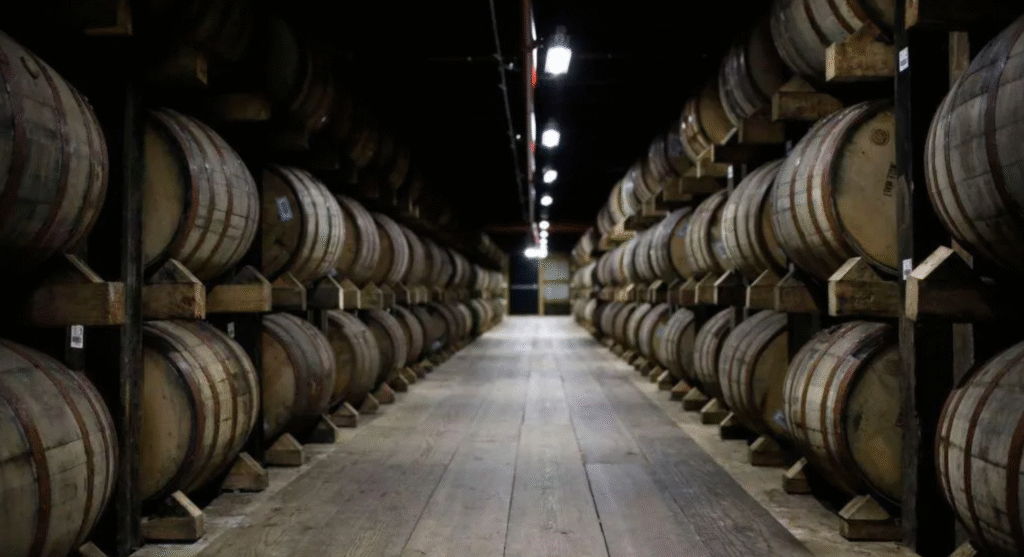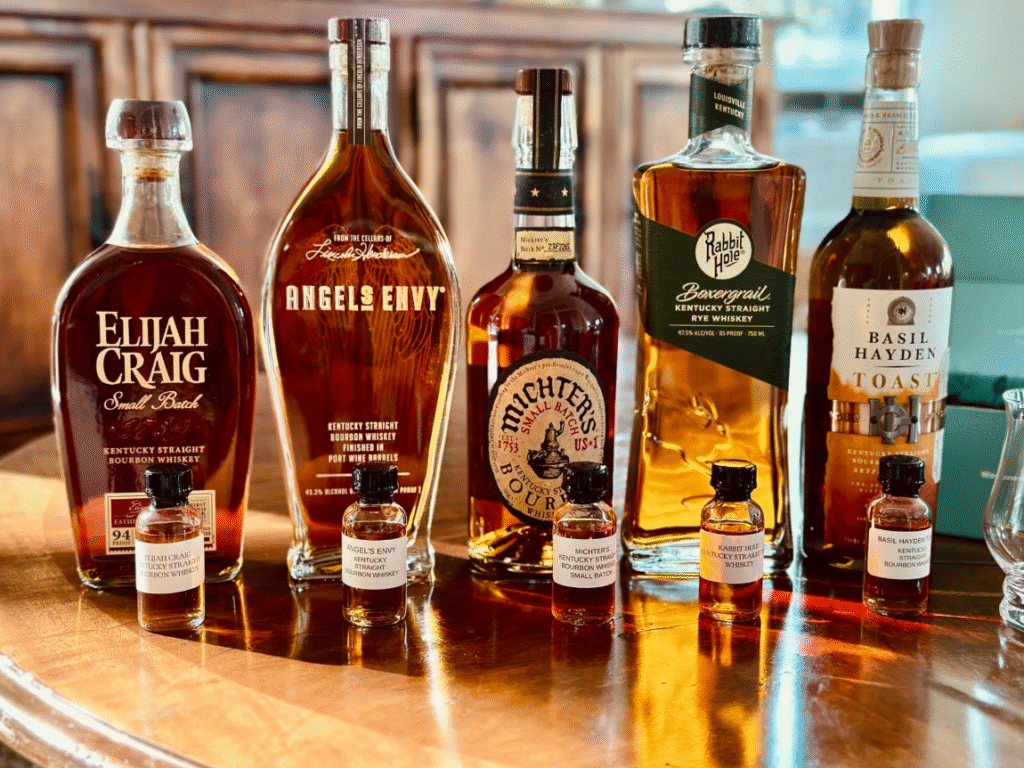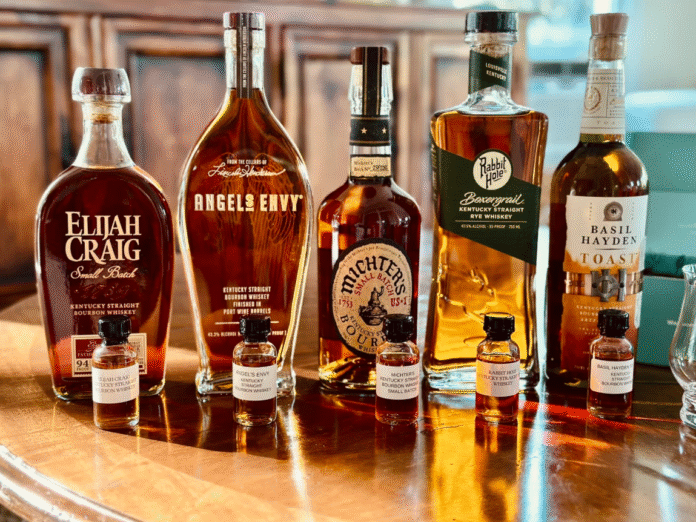From Iconic Spirit to Industry Struggles
Kentucky bourbon, once a booming American icon, is now facing tough times. The Kentucky bourbon boom bust tale shows how quickly markets can turn.
This beloved whiskey, made mostly from corn and aged in charred oak barrels, became officially recognized as a unique US product in 1964. But changing tastes and generational shifts meant bourbon lost some appeal by the late 20th century.
The Rise of a Modern Bourbon Era

The 2008 recession recovery sparked a renewed interest in bourbon. Affordable pricing, collectible vintage bottles, and pop culture nostalgia fueled its comeback.
Between 2011 and 2020, sales grew 7% worldwide, triple the pace of the previous decade. Some distillers became celebrities, and bottles were bought as investments rather than drinks.
But the pandemic’s lockdowns, rising inflation, and Gen-Z’s lower alcohol consumption slowed momentum. Sales growth dropped to just 2% between 2021 and 2024.
Tariffs, Oversupply, and Closures

Trade tensions have added more strain. Retaliatory tariffs from the EU and Canada cut into Kentucky’s $9bn bourbon industry, with Canada halting many imports entirely.
Large brands can survive, but smaller distilleries are closing. LMD Holdings filed for bankruptcy, Garrard County Distilling went into receivership, and a Jack Daniel’s barrel plant shut down.
An oversupply of aging bourbon has pushed prices down. Still, experts believe hard times may inspire innovation, much like premium Scotch did during its downturn. Canadian distillers are already creating bourbon-style whiskies to fill the gap.

